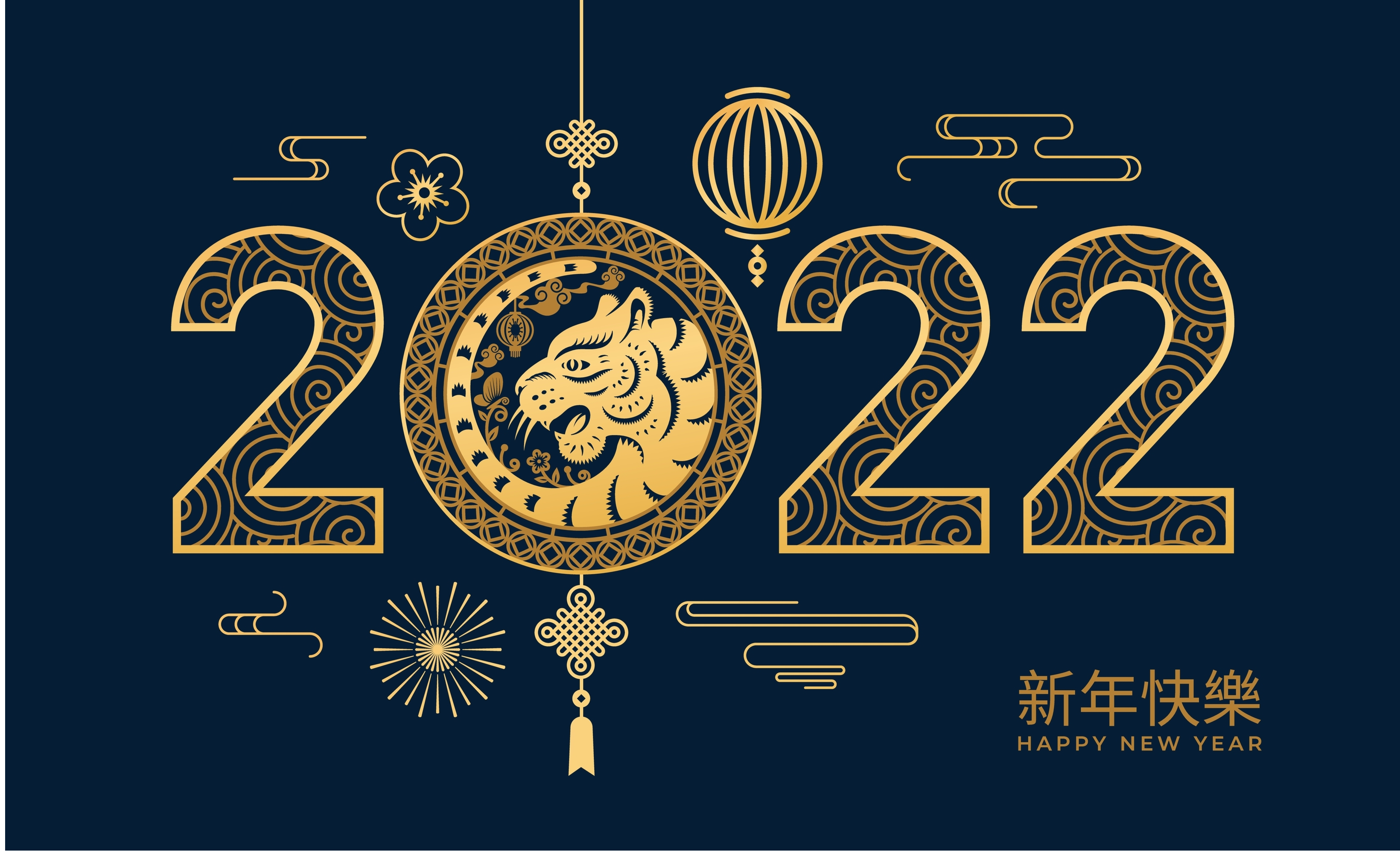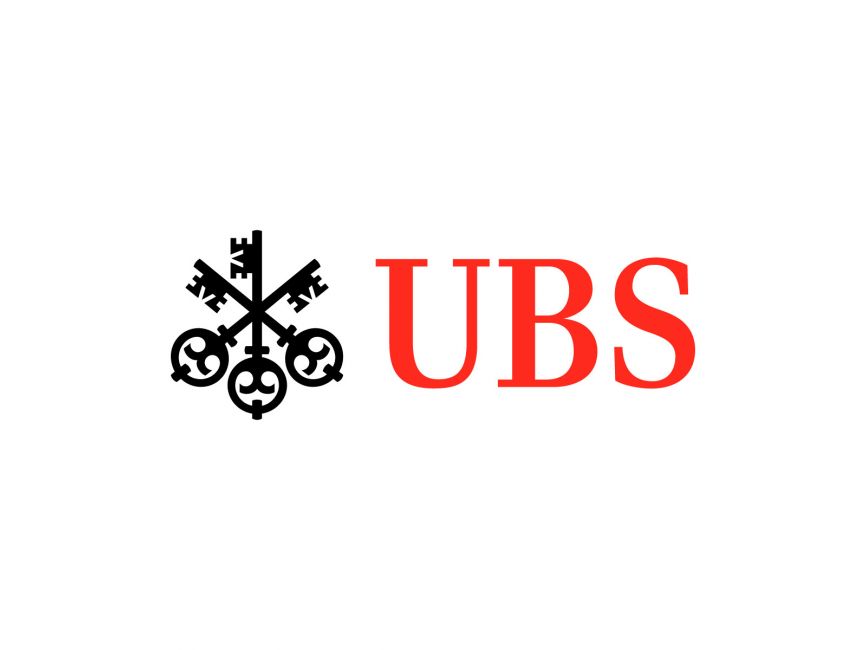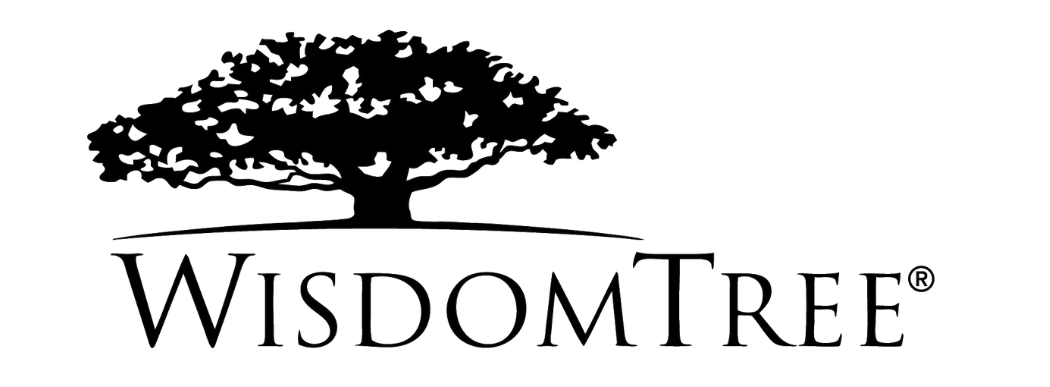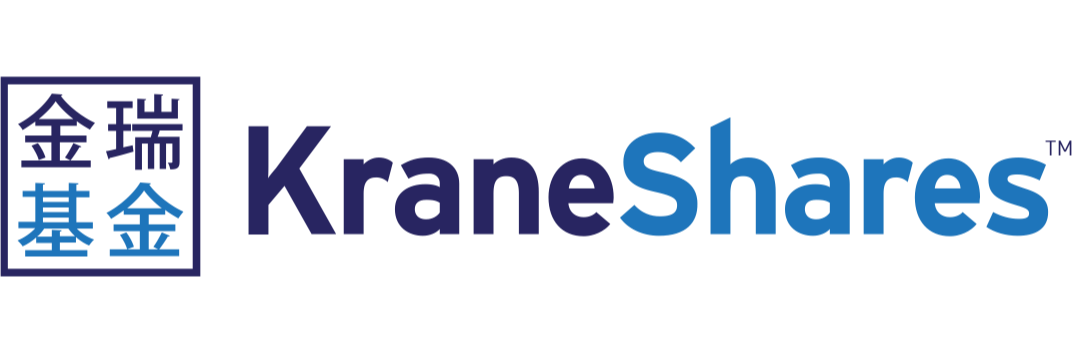ETFs offering exposure to the Chinese market have developed rapidly over the past few years, however, could 2022 – the Year of the Tiger – be the year when further product development goes to the next level?
China is the world’s second-largest economy, however, exposures to the country remain relatively broad-based. The largest ETF is the $13.5bn iShares China CNY Bond UCITS ETF (CNYB) which is the first ETF to offer exposure to Chinese government bonds and launched less than three years ago in July 2019.
There are a number of ETFs that offer exposure to the country’s onshore A-Shares market – the largest being the $2.2bn iShares MSCI China A UCITS ETF (CNYA) – and the tech sector which has been a key focus for ETF issuers in Europe including KraneShares, HSBC Asset Management, UBS Asset Management and BlackRock.
One area of potential development is China’s $15trn corporate bond market, the second largest in the world only behind the US. There are currently no ETFs tracking this market despite a number of live indices offered by the major index providers.
It is worth noting the Tabula Haitong Asia ex-Japan High Yield Corp USD Bond ESG UCITS ETF (TAHY) does have a 56% weighting to China but is only made up ofhigh yield securitiesand tracks other countries in the region.
While the country has opened its doors to foreign investment, there are still a number of challenges, especially when looking to assess the credit quality of the underlying companies.
As the International Capital Market Association said last year: “There are nine domestic credit rating agencies (some state-owned), which adds to the confusing landscape, but perhaps more disconcerting is the general skew to the higher end of the credit spectrum and the resulting lack of credit differentiation. This implies the need for investors to dedicate time and resources to their own proprietary credit analysis.
“The lack of a liquid secondary bond market is also perceived as a major obstacle to internalisation of the onshore credit market.”
Despite the risks, the hunt for yield is pushing investors into more esoteric areas of the fixed income market which has been highlighted by demand for Chinese government bonds. As a result, the corporate bond space seems a natural next step for ETF issuers.
Elsewhere, Andrew Limberis, investment manager at Omba Advisory & Investments, said he would like to see further product development at a sector and factor level.
KraneShares is currently one of the only issuers to offer some granularity in this space after it launched the KraneShares MSCI All China Healthcare Index UCITS ETF (KURE) in January 2021 but there is certainly room for more products.
As Limberis said: “On the equity side, we would like to have more options at a sector and factor level. It is no different to the US or Europe exposures.”
Furthermore, a greater focus on avoiding state-owned enterprises (SOEs) in the A-Shares market, in particular, is another area yet to be tapped into.
WisdomTree launched the WisdomTree Emerging Markets ex-State-Owned Enterprises ESG Screened UCITS ETF (XSOE) last September, however, it covers all emerging markets so may not provide the granularity some investors are looking for.
Overall, there are plenty of areas of the market ETF issuers could exploit. As always, however, perceived demand will be the key driver of these decisions in the Year of the Tiger.









